4 min and 3 sec to read, 1013 words
In a recent podcast and blogpost I talked about why it’s important to learn your barre chords when learning guitar. I pointed out 3 reasons why you should indeed learn your barre chords.
This week I’d like to share 5 tips to help you make the process of learning those barre chords a bit easier and more relaxed.
Table of Contents
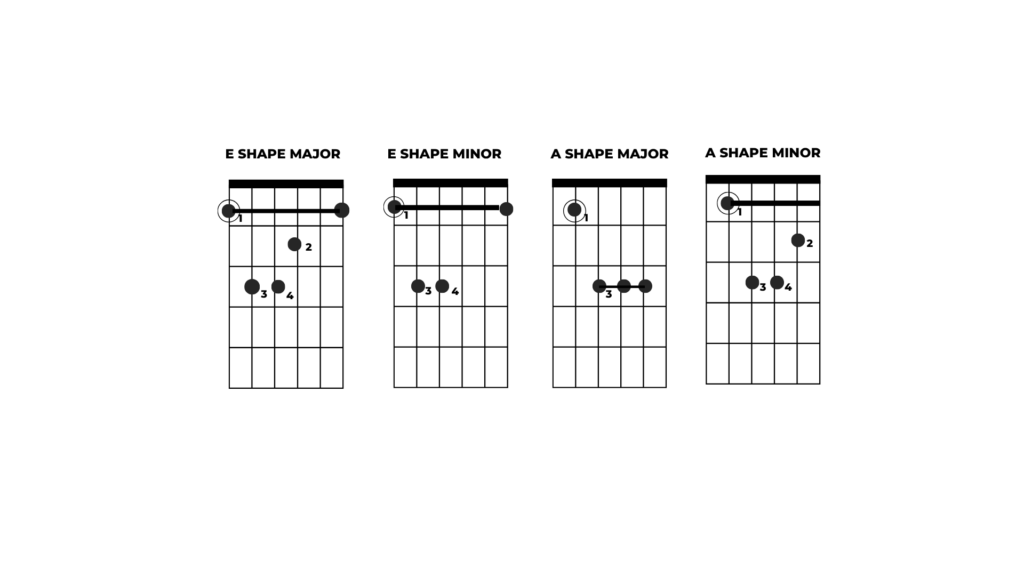
Whether you’re learning guitar to be a guitarist or to accompany yourself while singing, or to be a songwriter, barre chords will help open up your creativity and artistic choices.
#1 Keep Your Wrist as Neutral as Possible
You never want to create a sharp angle with your wrist. Whether playing Barre Chords or otherwise. Your writ will have a bend, but no sharp angles.
#2 You Don’t Have to Press as Hard as You Think
In fact, just a bit of pressure will do. (As long as your guitar is set up properly.) Pressing too hard will cause your strings to sound muffled and cause fatigue. Gravity plays a big role here, let it help you.
You will apply some light pressure but not squeezing between your thumb and fingers. If your guitar is setup properly you shouldn’t have to fight to press your strings down. Experiment with not pressing too have when playing your barre chords. You’ll find a sweet spot that works and you’re able to play easily and efficiently withouth wasting too much of your energy.
#3 If Not Barring, Use the Tips of Your Fingers
Obviously your index finger will be barring when using the E shapes, and the A shape minor. But your 3rd finger will be barring in the A Shape Major. Other than that instance, you’ll be using the tips of your 2nd, 3rd, and 4th fingers.
This will help keep the fleshy part of the finger from touching the string directly behind it and causing it to mute.
#4 Play Each String Individually and Listen for the Ring
If you don’t get that beautiful ring, lift your hand and place the fingers down again and adjust accordingly. Try again. Still muted, adjust again. But remember not to create tension in your hand and wrist during this process.
When you do start to get a nice ring, keep lifting the fingers and replicating your process.
#5 Adjust Your First Finger
When playing the E shape Major chord keep your index finger straight. You’ll keep the first finger straight but there will be a slight tilt towards the headstock. Keep it right behind the fret. Find the bony part of the finger to help with the E shape barre.
Everyone is different so adjust it until if feels comfortable and all the strings ring individually. Your finger can go past the six string as well.
Bonus Tip: Play 2 Different Barre Chord Shapes in a Row
For example, maybe play an E Shape Major barre chord followed by an A Shape Major. 4 beats on each. Make that transition over and over until each time both ring free.
After you’ve mastered those, chose 2 different shapes, and then eventually add a 3rd shape to the progression. But keep it simple for awhile and play two different shapes until you can make the transition smoothly and with the beat of a metronome.
After you’ve mastered those, chose 2 different shapes, and then eventually add a 3rd shape to the progression.
For instance a I, IV, V in the key of C. You could play an E shape C on the 8th fret and the A shape F on the 8th and then move it up a whole step (2 frets) to the G on the 10th fret.
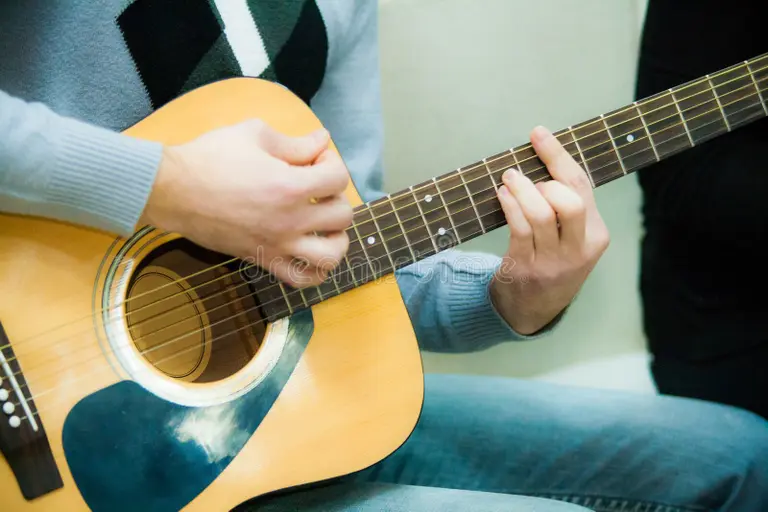
Another Bonus Tip:
Learn to scan your body for tension when playing your guitar. Tension is your enemy. Find that balance between effort and trying too hard.
Scan your wrists, shoulder, and elbow and fingers. Keep them as neutral as possible. Again, let gravity help you here. Trial and error. Don’t force, look for the sweet spot and try and live there.
Patience and tenacity are the key to success here. We’re creating muscle memory. Play these chords slowly and accurately over and over and over and over. It’s important to adjust your hand and get the strings to ring when practicing so you create the correct musical memory.
We don’t want to keep practicing things the wrong way and keep repeating that. We have to do it correctly in repetition to create that muscle memory. Eventually after making tiny adjustments you’ll find what works and it will become second nature. It takes time and practice.
For instance a I, IV, V in the key of C. You could play an E shape C on the 8th fret and the A shape F on the 8th and then move it up a whole step (2 frets) to the G on the 10th fret.
Lastly
Put your fingers down on the fretboard at the same time. Don’t ‘build’ the chord by putting the first finger down and then the second and third ect. This will slow you down and become a bad habit.
At first you will put each finger down individually to learn the chord you’re working on, but make it a goal to put the fingers down at the same time and it will build efficiency in your playing.
In Conclusion
Your hard work will pay off. You’ll be happy when you know you’re barre chords and can play any song that you want!
I wish you much success in your musical practice this week. Please leave a comment if there’s something you’d like me to address with singing or playing guitar in the future on this blog.
All the best,
Amy
October 7, 2025
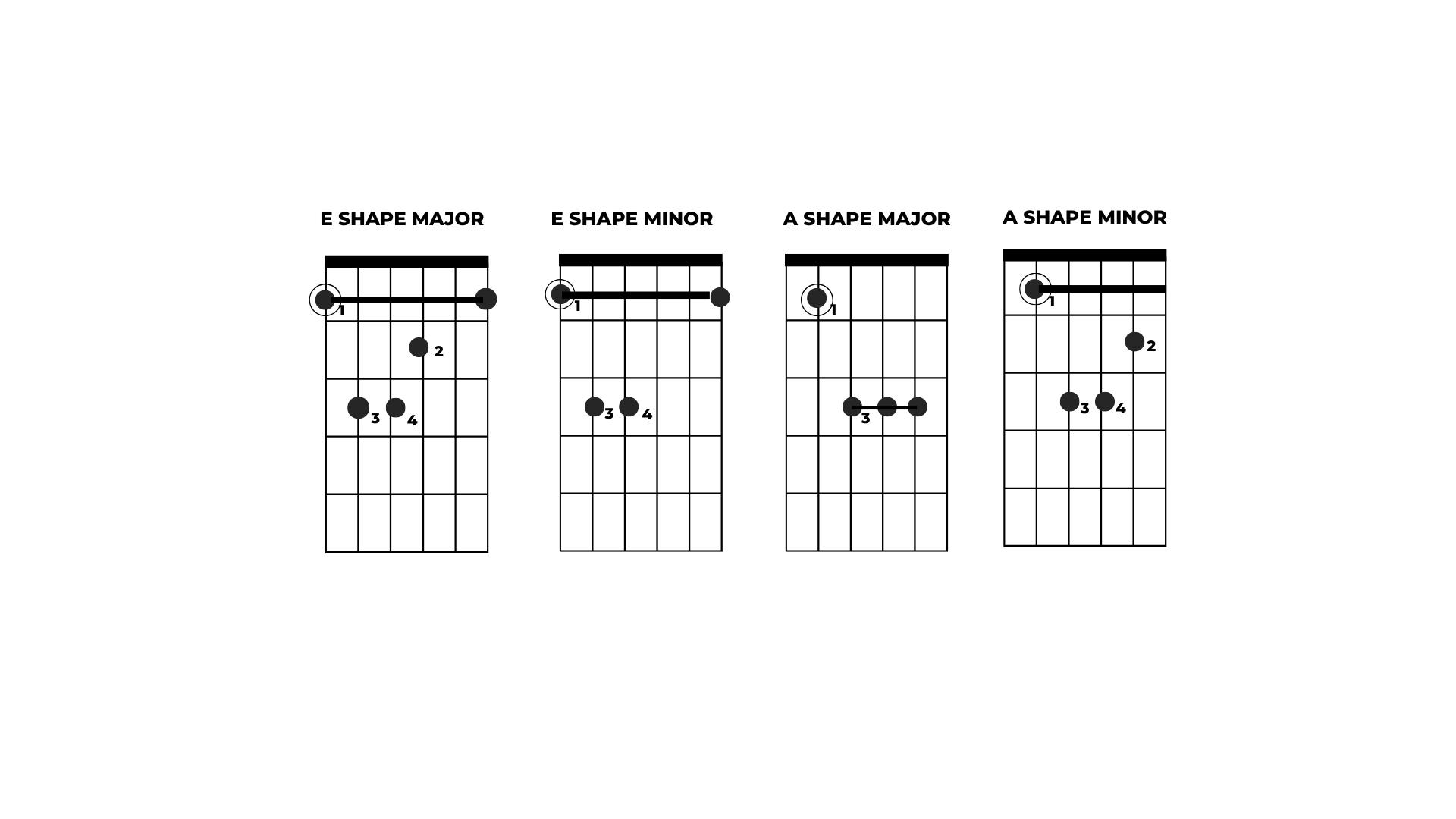
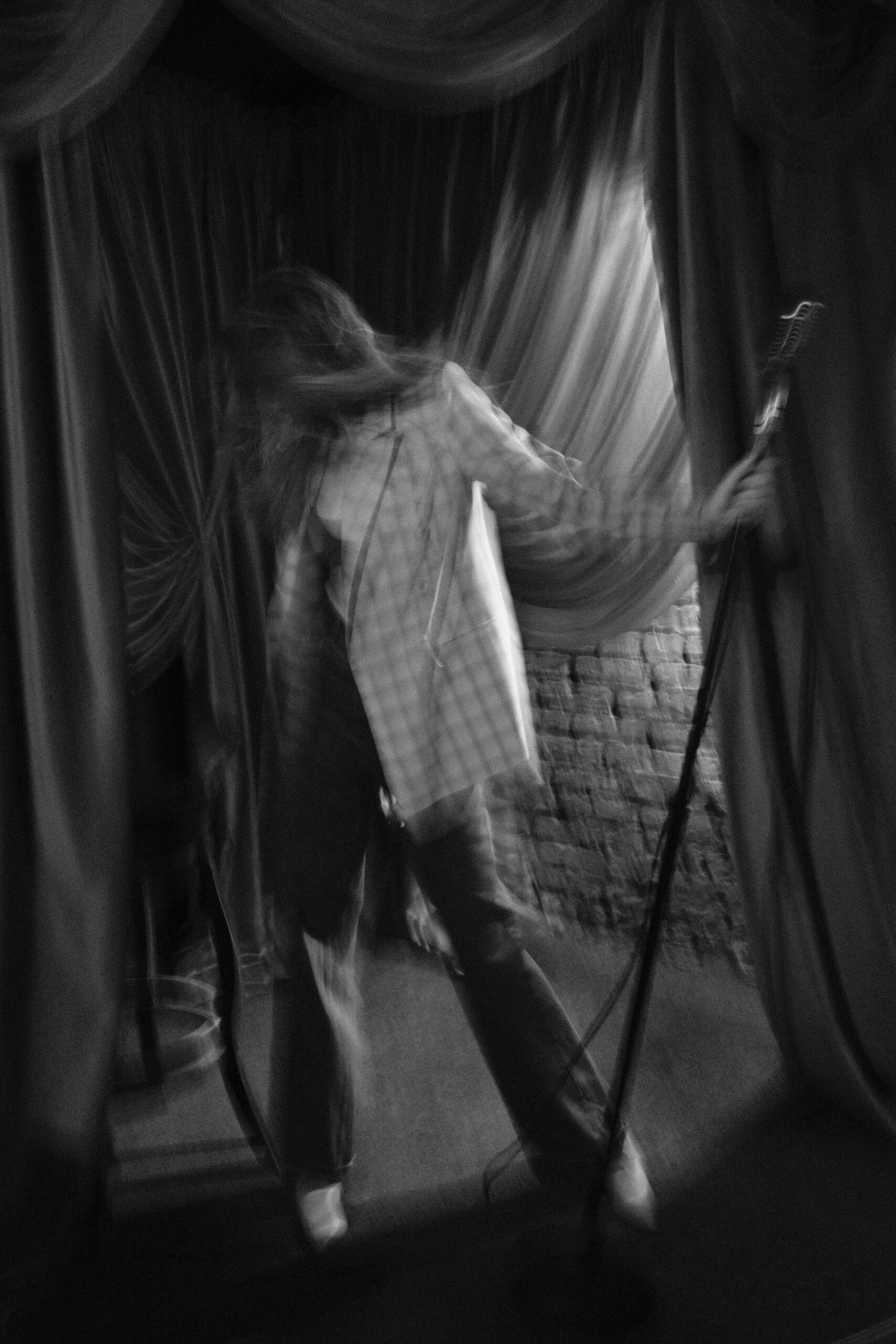
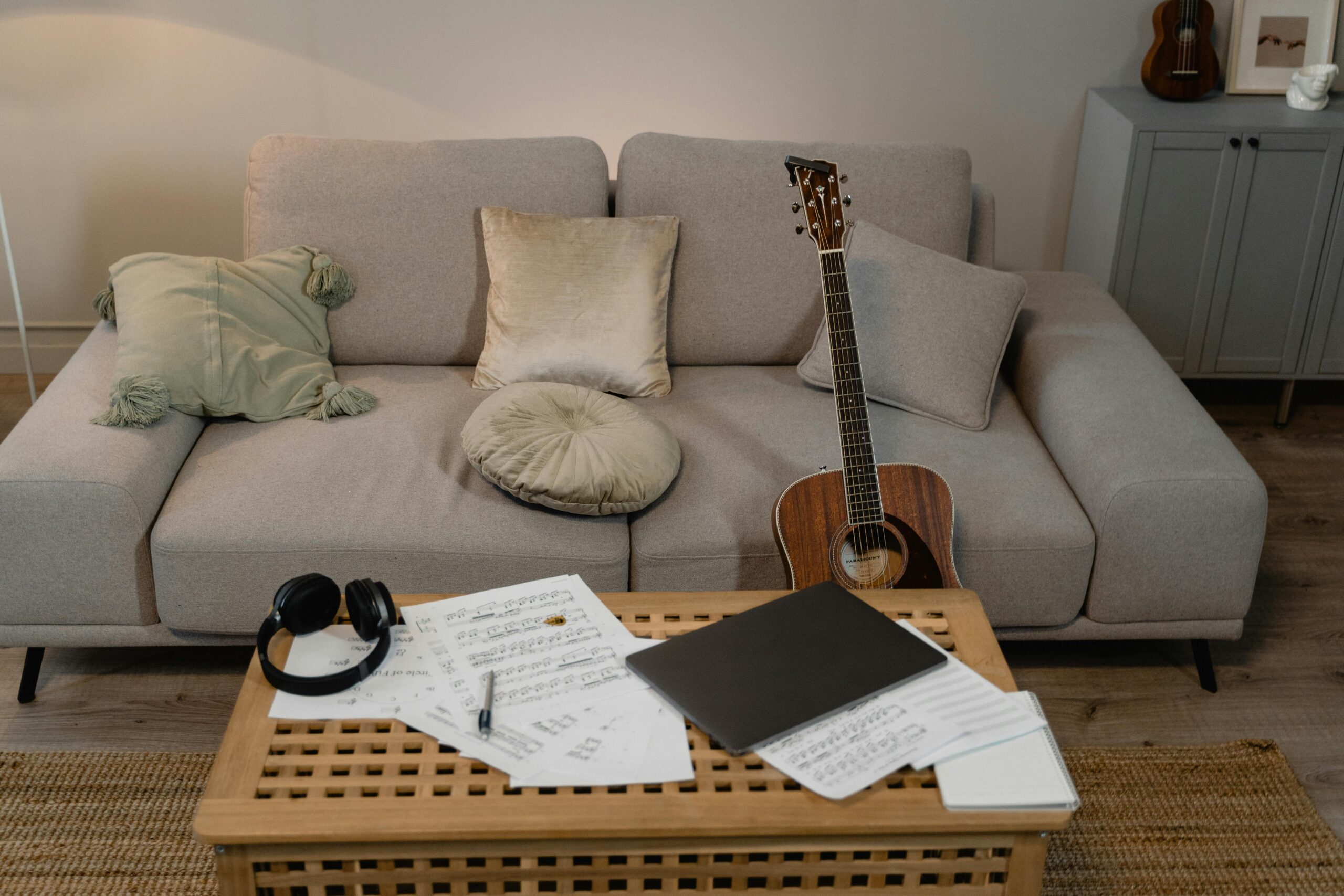

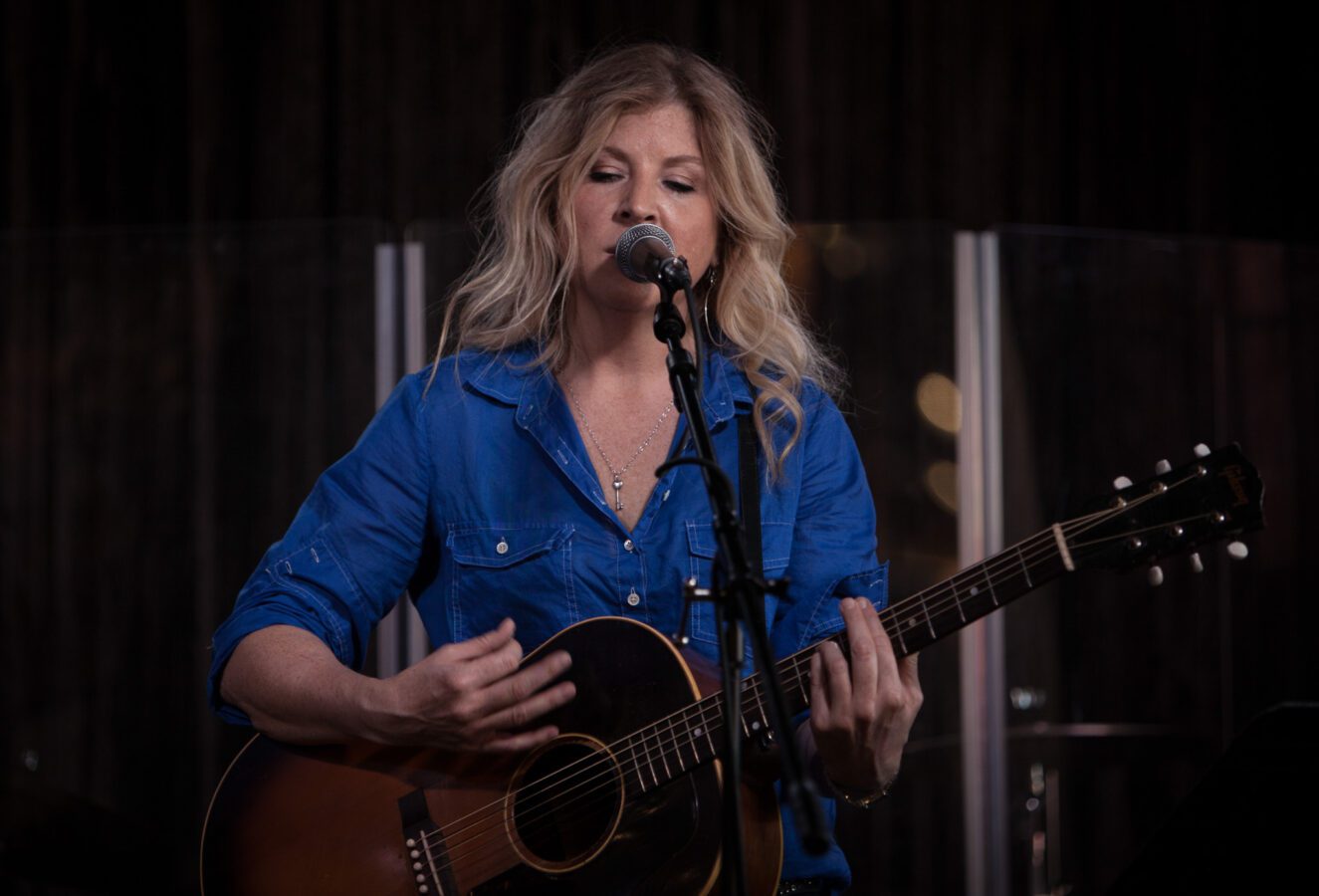
Post Comments